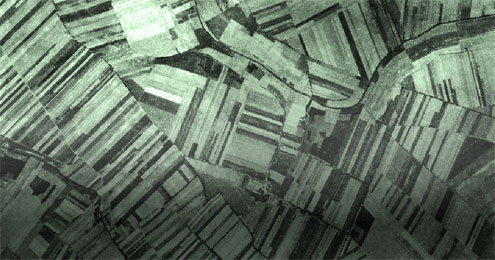Fenomén "kulaka" v procese kolektivizácie na Slovensku v rokoch 1949 - 1960
The "Kulak" Phenomenon in the Process of Collectivisation in Slovakia, 1949 – 1960
Author(s): Viera HlavováSubject(s): History, Rural and urban sociology, Post-War period (1950 - 1989), History of Communism
Published by: SAV - Slovenská akadémia vied - Historický ústav SAV
Keywords: Kulak; Peasant; Collectivisation; 1949 – 1960; Slovakia; Persecution;
Summary/Abstract: After the coup d'etat of February 1948 the ruling Communist party of Czechoslovakia began to implement its ideas of agricultural policy using all accessible means. The process of collectivisation, which took place during 1949 – 1960, was meant to contribute to the reconstruction and modernisation of agriculture, but in the end it destroyed the social and cultural background of village society and disrupted all its traditional systems of values. It was forced on the peasants from above, without their consent. From the very beginning of the process of the foundation of United peasants' co- operatives, the state and party apparatus applied unlawful pressure, power abuse and manipulation on the peasants. Collectivisation brought a focused purposeful prosecution of the individual social strata of the village.Since November 1989, the freedom of access to archival sources, namely those of Party and Secret Police origin, has contributed to the de-ideologisation of the historiography of the collectivisation of agriculture, and has enabled researchers to document the lesser known aspects of the process linked to the repressive policy of the regime towards the peasants.The strata of the wealthy peasants and farmers had been mentioned only in the context of the collectivisation process of Slovak villages. According to the regime historiography, their economic, social and political influence in the villages was perceived as one of the main obstacles for the implementation of collectivisation. They were labelled as enemies of socialism and an adversary of collectivisation. To underline the social gap between them and the rest of the peasants, the special derogatory term "village rich" or "kulak" was introduced. However, for the entire period the Party bosses and state officials were not able to agree on the basic definition of a "kulak", and so at the regional level he was often mistaken for a "middle" peasant.From 1948 the communist regime had already started to operate the system of court and out-of-court repression and prosecutions. They took different forms, but all of them had a devastating impact on their victims. The kulaks were pushed out of public life, they social status deteriorated, their private working activity was criminalised, their personal liberties were limited and family and neighbourly ties were put under severe pressure, if not completely cut. The economic results of the farms run by the kulaks were ruined by different administrative and economic decisions. Consequently, they headed towards bankruptcy and forced administration imposed by the Co-Operatives and National Councils. This way they could be liquidated by administrative means. The most brutal repressions in their widest scope were adopted between 1951 and 1953. Only a few private farms survived till the end of the 50s, and even those were in a decimated state.
Journal: Forum Historiae. Časopis a portál pre históriu a príbuzné spoločenské vedy
- Issue Year: 10/2016
- Issue No: 1
- Page Range: 35-55
- Page Count: 21
- Language: Slovak

